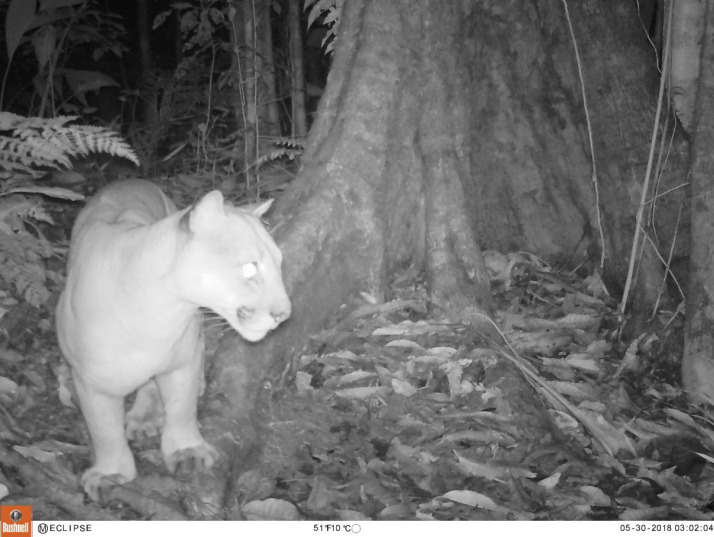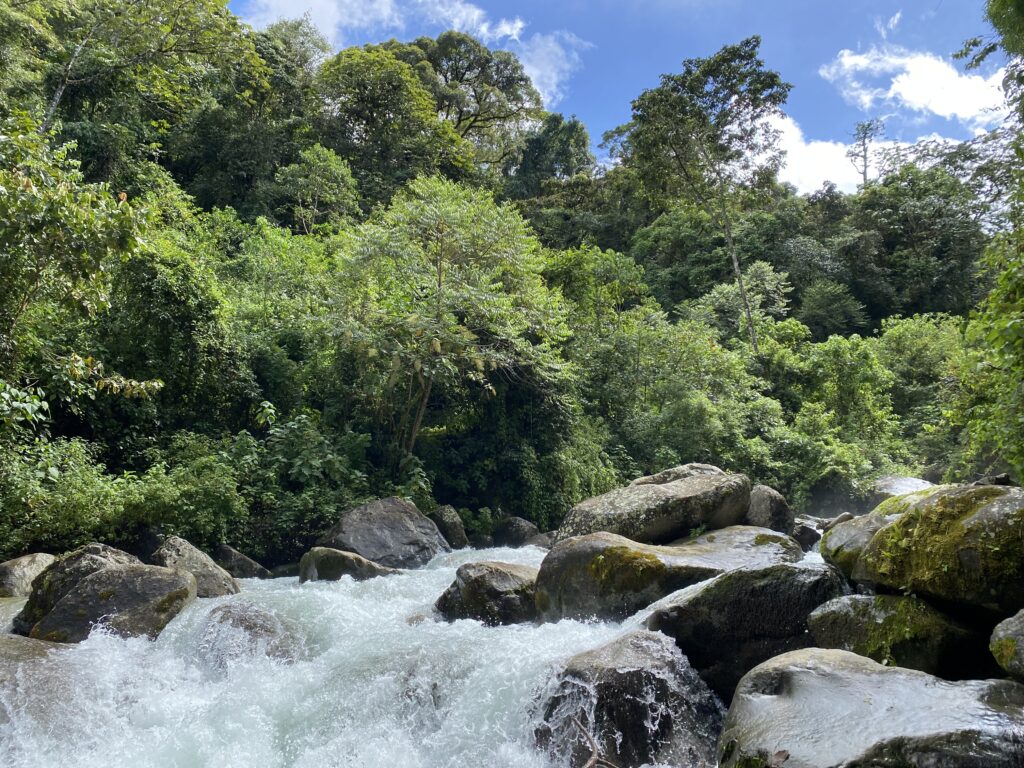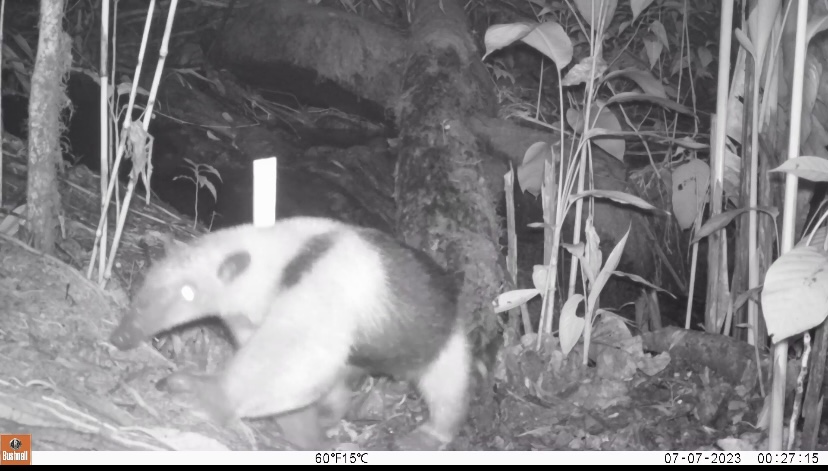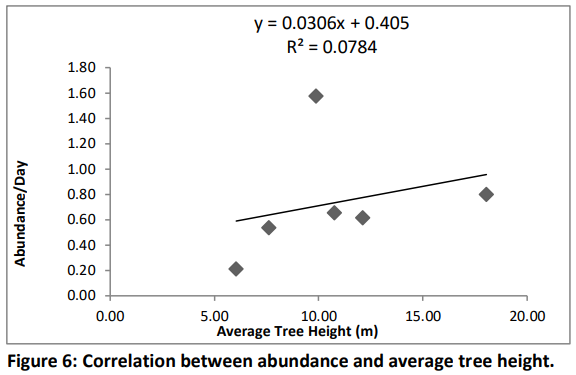
Wild animals, just like humans, are dependent on fruitful environments that support their lifestyle for ultimate success. In reality, some of their requirements are not that different from ours. For example, an abundance of food, clean drinking water, a safe place to sleep, and genetic diversity for healthy reproduction are some of the essentials. What may vary, however, is what factors are actually necessary for specific animals to survive.

Within wild environments, especially in tropical regions, there is an outstanding number of micro-habitats that can exist within one ecosystem. For this reason, tropical forests, like the ones that exist in Costa Rica, can boast having anywhere between 3-5% of the entire world’s biodiversity. The source of this success comes down to factors that encompass what a habitat is. At Cloudbridge Nature Reserve, the main ecosystem type can be summed up to a cloud forest, however within that larger group exists several distinct factors that end up engineering what types of species can live and thrive here.

Studying the nuances of habitat factors can be a tricky topic to investigate, as each factor requires a different method of collecting and analyzing its data. To even further the complexity, trying to then discover what animals may be affected by those factors is yet another step. Researcher Alena Frehner, an intern at Cloudbridge, was not deterred by the density of such a project. By looking at several different habitat factors (specifically: forest age [young growth or old growth]; canopy closure; slope of area; and tree size characteristics), Alena sought out to determine if these factors have a significant impact on species abundance and richness. In order to visualize the animals present, Alena used a series of camera traps dispersed throughout the reserve to monitor which species were possibly influenced by these factors.

While specifically looking at species richness and abundance, Alena had a myriad of results that can depict several conclusions. For example, species abundance in general for the entire study showed a significant result, meaning that some locations were significantly higher in abundance than expected while some were significantly lower. For other factors like slope and canopy cover, in her study it seemed to lack a significant correlation between species richness and abundance. Although, for average tree height and DBH (diameter at breast height), there seemed to be a noticeable trend as shown above. To read about what these results mean in regards to animal abundance and richness throughout the reserve, you can read her full paper here.
Suggested Reading:
- What constitutes a habitat? As habitats vary all around the world, it can be confusing what actually comprises them. This source from National Geographic sums up what it means, and gives nice detail into each component.
- In this research, Alena used a trend line to depict possible correlations in the data. However, what even is a trend line, and what does it tell you? Although in the medical world the use of trend lines to denote «almost significant» statistics is frowned upon, in can be used in some ways as a prediction for a continuation of a research project.
- In niche conditions, like a montane cloud forest, micro habitats can appear. For a simple explanation on what that is, Nat Geo once again describes it nicely, and while it seems simple enough, there are several important factors that micro habitats offer to the larger ecosystem.
